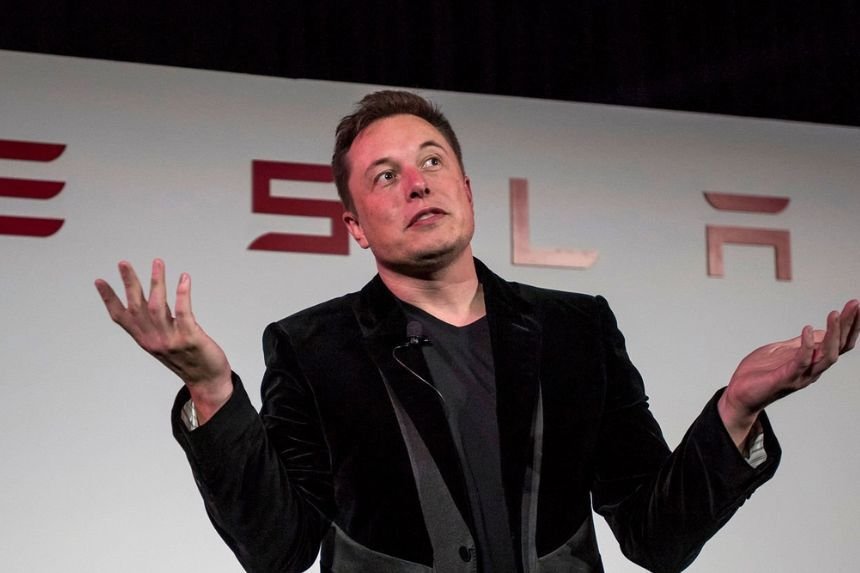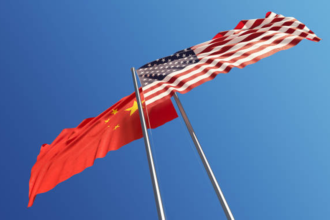Elon Musk’s remuneration package has created one of the heated corporate debates in contemporary markets. Tesla shareholders, legal experts, innovators, and common enthusiasts are observing the company go through a grave situation in its timeline.
- Performance-Based System
- Driving Income, Driving Profit, and Driving Innovation.
- High-volume manufacturing
- Vision Beyond Automobiles
- Milestones of Robotaxi and Humanoid Robotics.
- Proponents Vs. Critics.
- Corporate Governance and Power Debate.
- Founder Control vs. Traditional Control.
- Courtroom Contests and Review.
- Global Conversation, Community, and Media.
- Consequences of Outcomes
- Musk’s Personal Landscape
- Conclusion: A Turning Point in Corporate History
- FAQs
It is not just a decision to pay a CEO. It concerns the analysis of vision, leadership, innovation, corporate responsibility, and the future of disruption in the industry of global automotive and artificial intelligence industries.
All the elements of the Tesla brand identity are associated with Elon Musk, and this vote is a measure of the fight to understand whether this relationship can remain on the highest level or transform into a more classic corporate model of leadership.
Learning the Compensation Structure.
No Salary Model
To explain this scenario, it is necessary to explain that Elon Musk does not receive a payout from Tesla. Rather, the incentive model employed by the company is a high-risk, high-reward model, which is solely performance-based.
This implies that Musk does not make money until he achieves high business goals. The idea has been on the radar of people for years back when the company Tesla came up with a revolutionary compensation plan that stunned the corporate boards all around the globe.
Performance-Based System
Stock-Value Driven Reward
The plan vests the stock options only on Tesla achieving very aggressive milestones, such as valuation targets and achievements in its operations lasting over the long term.
The concept of the setup is simple: when shareholders make extraordinary gains, Musk also makes the same. Visit our homepage for more information.
Driving Income, Driving Profit, and Driving Innovation.
The structure does not just consider market value. Major milestones that Tesla has to achieve are:
High-volume manufacturing
Energy expansion
Independent technological advancement.
The manufacture of humanoid robots.
Despite this being similar to the 2018 incentive system that changed executive conversation around the world, it is much higher now.
Vision Beyond Automobiles
AI and Robotics at the Core
Tesla is not only a car production company anymore. The firm is changing to be an artificial-intelligence and robotics powerhouse. According to Musk, Tesla is going to conquer autonomous driving, energy robotics, and humanoid assistant technology.
His remuneration philosophy indicates those desires. The reward structure is developed in order to drive Tesla into the industries where the speed of innovation, risk-taking, and futuristic thinking are more important than the business practices that were followed in the past.
Milestones of Robotaxi and Humanoid Robotics.
Autonomous Mobility Goals
The company strives to implement an international network of autonomous robotaxis. This would completely revolutionize transportation and form a completely new source of income.
With Musk, it is not only a concept of cars, but of the freedom of movement with complete autonomy.
Optimus and Labor Revolution.
Another pillar at Tesla is its humanoid robot program, which is named Optimus. Musk can imagine millions of humanoid assistants in factories and in houses.
The milestones associated with the incentive plan include achieving mass production of these robots, and this will indicate that the reward system is not only concerned with the future, but the expansion of present success.
Proponents Vs. Critics.
Retail Investor Loyalty
Individual investors, who are small, have been revealed to be highly loyal to Musk. He is credited by many for creating unprecedented wealth and life-changing returns on early Tesla investments.
To these investors, the reward to Musk is justice to somebody they feel went against all odds, transformed industries, and created value that no other CEO could ever have done.
Skepticism of Institutional Investors.
Professional investors, pension funds, and sovereign wealth funds are ambivalent. Others will say that oversized compensation will water down shareholder value. Some other people think that the long-term vision can be rewarded on extraordinary levels.
The ideological divide is influencing the future of the corporate governance debate.
Texas Instruments’ $60bn Pledge: What Does It Mean for US Chip Investment?
Corporate Governance and Power Debate.
Board Independence questions.
The connection between the Tesla board and Musk is often noted by critics. Due to the existence of long-term associates, personal relations, some governance experts ask whether the board can negotiate in good faith or not.
The proponents claim that the board knows the visionary leadership required and that personal trust is a key asset to push the technological limits.
Founder Control vs. Traditional Control.
Original Vision Argument.
It is in very few cases that many firms run by visionary founders collapse once the leadership is taken over by traditional executives. Tesla proponents argue that high-level innovation firms should have their founders continue participating and being highly motivated.
It is reported to be no ordinary car company, but an AI and robotics company revolution.
Governance Reform Argument
The opponents consider that long-term sustainability requires institutional responsibility and not dominance by founders. The company has to be mature and decentralize leadership to them to secure future investors and provide continuity in leadership.
Courtroom Contests and Review.
Delaware Ruling Background
The previous package was invalidated by a judge in the state of Delaware, who alleged that the minority shareholders were not given adequate protection and that the independent review was not conducted properly.
This created calls, law scrutiny, and a fierce governance debate that is yet to end.
Ongoing Legal Strategy
Tesla is currently seeking approval again, where a new legal basis for the incentive plan and shareholder validation are sought.
The appeal process has become a wider debate on innovation, executive reward systems, and shareholder rights within high-growth industries.
Global Conversation, Community, and Media.
Internet Sites and Social Opinion.
There has been an explosion of public attention on the issue of compensation debate. There are online discussion boards that focus on financial, visionary, and ethical sides. The topic of innovation and corporate power is discussed by the users of Reddit. Prediction markets are trying to predict. News companies monitor all the developments.
The narrative has eclipsed the business news and become part of the culture.
Widening Economic Reflection.
The argument comes at a time of economic strife and partisanship among the global economies. It brings about issues of concentration of wealth, social value, innovation, and the moral duty of contemporary corporations.
Musk has become an icon, not just of technological ambition, but also of ideological rifts in general.
Consequences of Outcomes
Approval Scenario
Provided that it is endorsed by the shareholders, it will strengthen the stance of Musk and is likely to help Tesla accelerate its ambitious AI and robotics plan. It would indicate the faith that shareholders have in a long-term vision of Musk and that he is determined to be innovative on a global level.
Rejection Scenario
If rejected, doubt arises. Musk has suggested that his time would be diverted to his other projects within the area of space technology and artificial intelligence. Internal changes and changes in leadership might pose challenges to Tesla.
The response of the market will be unpredictable, and analysts will reconsider the long-term strategic position of Tesla.
Musk’s Personal Landscape
Age, Wealth, and Leadership Portfolio
Musk remains one of the wealthiest individuals in the world, driven almost entirely by equity holdings rather than traditional salary structures.
At just over fifty years old, he leads multiple groundbreaking enterprises, including Tesla, SpaceX, xAI, Neuralink, and The Boring Company. His personal reach extends across industries and international influence circles.
Visionary Identity
Supporters see him as a transformative figure driving humanity toward advanced technological frontiers. Skeptics see risk concentration and personality-driven enterprise challenges. Either way, his impact is undeniable.
Conclusion: A Turning Point in Corporate History
The Elon Musk pay package is much more than a corporate contract. It represents a crossroads between innovation culture and governance tradition.
This moment challenges shareholders to choose between conventional leadership models and extraordinary entrepreneurial drive.
Whatever the outcome, this decision will define Tesla’s future and influence the global corporate world for decades to come.
Who Is Elon Musk and What Is His Net Worth?
FAQs
- What is Elon Musk’s pay package?
It is a performance-based plan that grants stock only if Tesla reaches extraordinary business milestones, with no salary or cash bonus for Musk.
- How much is the 1 trillion-day package for Musk?
The value depends entirely on future company success. If Tesla achieves unprecedented levels in autonomy, robotics, and market value, the plan could approach $1 trillion in long-term potential value.
- What is the $56 billion pay package?
It refers to a previous performance plan approved in 2018 and later rejected by a Delaware court, leading Tesla to seek renewed shareholder approval and pursue appeal efforts.
- Who owns the other 87% of Tesla?
Institutional investors, pension funds, mutual funds, retail shareholders, and global investment groups hold the other majority portion of Tesla shares.








